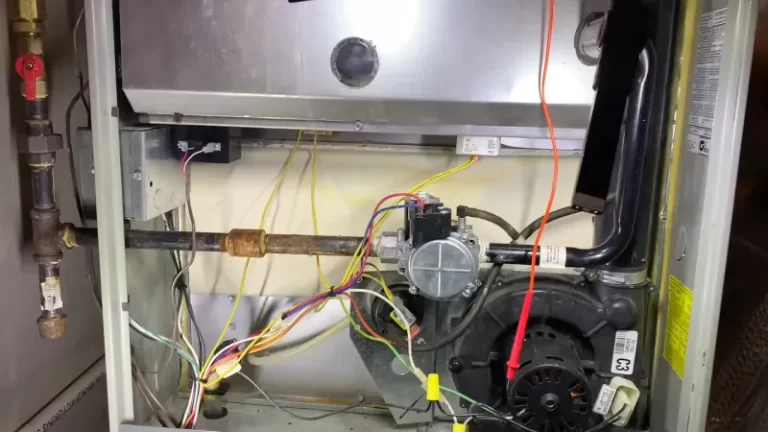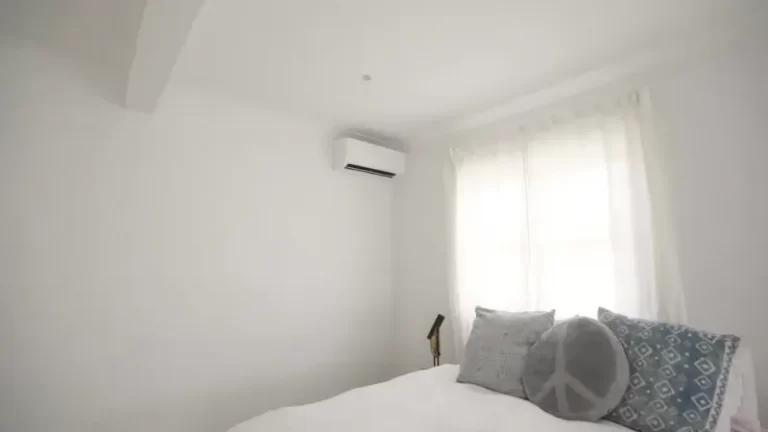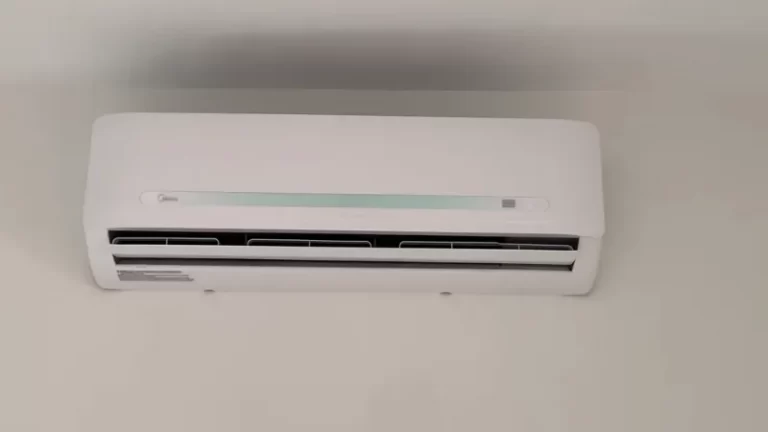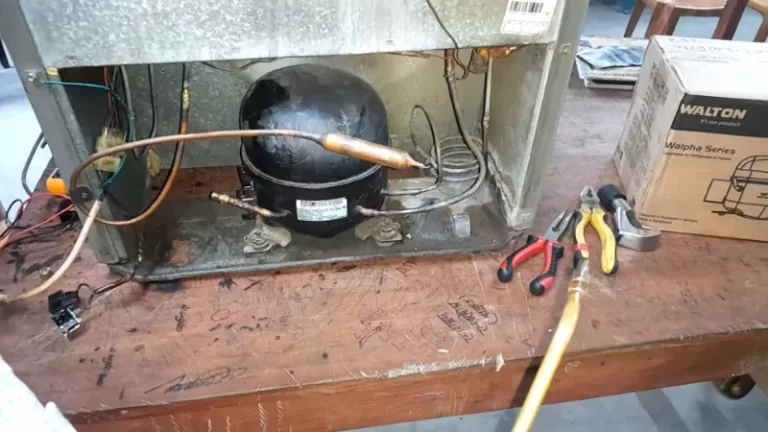Guide for Thawing Pipes With Battery Charger
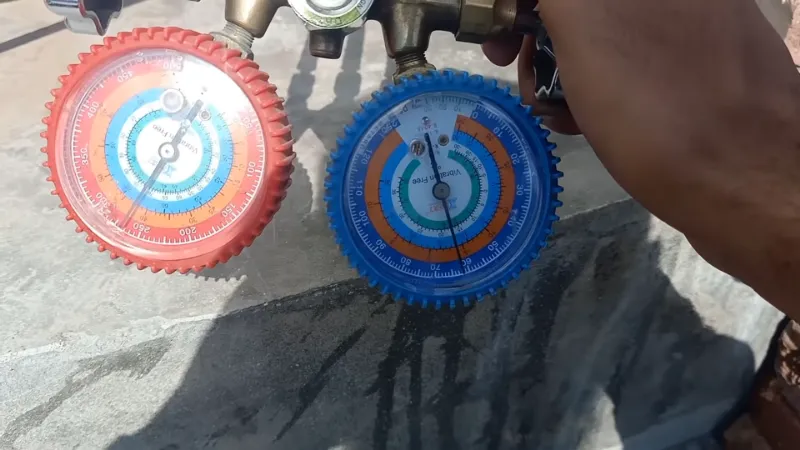
Thawing frozen pipes is an important task in the winter months, as frozen pipes can burst and cause costly damage to your home. While there are several methods for thawing pipes, using a battery charger may seem like a quick and easy solution.
However, using a battery charger to thaw pipes is not recommended due to the potential risks and dangers involved. In this article, we will explore the dangers of using a battery charger to thaw pipes and discuss safer and more effective alternatives.
You'll Learn About
Thawing Pipes With Battery Charger
It’s important to be careful when attempting to thaw frozen pipes, as improper methods can result in damage or even start a fire. One safe and effective method for thawing pipes is to use a hair dryer or heating pad.
Simply apply heat to the frozen section of pipe, starting at the faucet end and working your way towards the blockage. You can also wrap the pipe with towels soaked in hot water, or use a portable space heater to thaw the pipe.
It’s important to apply heat slowly and consistently, and to never use an open flame or a device not specifically designed for thawing pipes. If you are unable to thaw the pipes on your own, it’s best to call a professional plumber for assistance.
Can You Use a Battery Charger to Thaw Pipes?
Using a battery charger to thaw pipes is not a recommended method for several reasons. First, battery chargers are not designed or intended for this purpose and may not be able to handle the high amperage required to thaw long lengths of pipe.
This can result in overheating or damage to the charger, potentially starting a fire. Additionally, using a battery charger to thaw pipes can be dangerous if the charger is not used properly. Improper use of the charger, such as attaching the leads to the wrong points or applying current for too long, can also result in overheating or a fire.
Overall, the potential risks and dangers of using a battery charger to thaw pipes make it an unsafe and ineffective method.
Safe and Effective Methods for Thawing Pipes
There are several safe and effective methods for thawing frozen pipes:
Using a Hair Dryer or Heating Pad
To thaw pipes with a hair dryer or heating pad, start at the faucet end of the frozen pipe and work your way towards the blockage. Apply heat slowly and consistently to prevent overheating the pipes.
Wrapping Pipes With Towels Soaked in Hot Water
Another effective method is to wrap the frozen pipe with towels that have been soaked in hot water. Replace the towels with fresh, hot ones as needed until the pipe has thawed.
Using a Portable Space Heater
A portable space heater can also be used to thaw frozen pipes. Place the heater near the frozen section of pipe and turn it on, making sure to keep it a safe distance away from flammable materials. As with the other methods, it’s important to apply heat slowly and consistently to prevent overheating the pipes.
It’s important to follow the manufacturer’s instructions for any heating device you use to thaw pipes, and to never use an open flame or device not specifically designed for this purpose.
When to Call a Professional Plumber
If you are unable to thaw the frozen pipes on your own, or if you have any doubts about your ability to safely thaw the pipes, it’s best to call a professional plumber for assistance. Plumbers have the necessary tools, equipment, and expertise to safely and effectively thaw frozen pipes, and can also identify and repair any underlying issues that may have caused the pipes to freeze in the first place.
Trying to thaw frozen pipes without proper training or equipment can be dangerous, and can potentially lead to further damage to your pipes or even start a fire. It’s always best to err on the side of caution and call a professional if you are unsure of how to safely thaw your pipes.
How to Thaw Frozen Pipes?
Here are a few additional tips for thawing frozen pipes:
Locate the Frozen Section of Pipe
Before attempting to thaw the pipes, it’s important to identify the exact location of the frozen section. This will help you apply heat directly to the frozen area, rather than wasting time and energy heating the entire pipe.
Keep the Faucet Open
As the pipe begins to thaw, water will start to flow again. To help prevent water from backing up and causing further damage, it’s important to keep the faucet open so that the water has somewhere to go.
Use a Pipe Insulation Wrap
To help prevent pipes from freezing again in the future, consider using a pipe insulation wrap. These wraps are made of foam and can be easily installed around your pipes to help keep them warm and prevent freezing.
Fix Any Leaks
If you have a leak in your pipes, it’s important to fix it as soon as possible. Leaks can cause water to freeze and lead to further damage, so it’s important to address them before they cause more problems.
Know When to Call a Professional
If you are unable to thaw the pipes on your own, or if you have any doubts about your ability to safely thaw the pipes, it’s best to call a professional plumber for assistance. Plumbers have the necessary tools, equipment, and expertise to safely and effectively thaw frozen pipes, and can also identify and repair any underlying issues that may have caused the pipes to freeze in the first place.
To Recap
Using a battery charger to thaw frozen pipes is not a safe or effective method due to the potential risks and dangers involved. Overheating or damaging the charger, or using it improperly, can lead to a fire or further damage to the pipes.
It’s important to use safe and effective methods for thawing pipes, such as a hair dryer, heating pad, towels soaked in hot water, or a portable space heater. If you are unable to thaw the pipes on your own, or if you have any doubts about your ability to safely thaw the pipes, it’s best to call a professional plumber for assistance.
By using safe and effective methods and seeking professional help when necessary, you can prevent damage and protect your home from the costly consequences of frozen pipes. In such times, cold air comes from your fireplace too.

